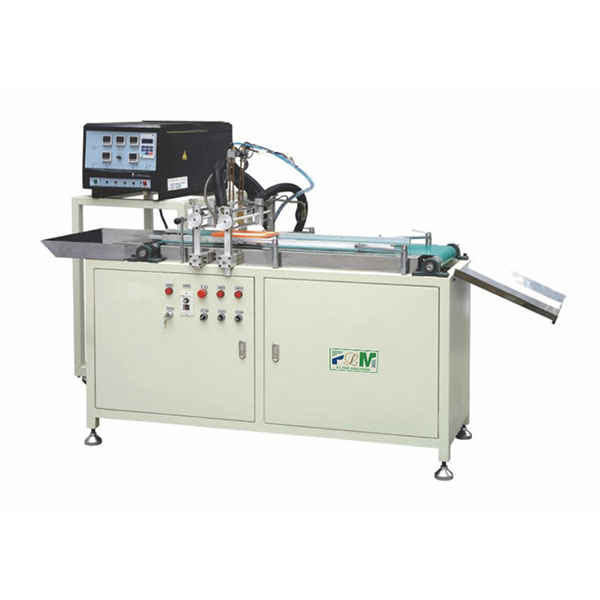Nov . 05, 2024 08:01 Back to list
non-woven product
Non-Woven Products An Overview of Benefits and Applications
In recent years, the demand for non-woven products has surged due to their versatility and eco-friendliness. Non-woven fabrics are engineered from fibers that are bonded together through chemical, mechanical, heat, or solvent treatments, rather than being woven or knitted. This manufacturing process gives non-woven products distinct characteristics that make them suitable for a variety of applications across many industries. In this article, we explore the benefits, uses, and environmental impact of non-woven products.
What Are Non-Woven Products?
Non-woven products encompass a wide range of items made from non-woven fabrics. These include everything from medical supplies like surgical masks and gowns to household items like cleaning cloths, filters, and even insulation materials. The manufacturing process allows for the production of fabrics that are lightweight, durable, and cost-effective, catering to the needs of diverse markets.
Benefits of Non-Woven Products
1. Versatility One of the primary advantages of non-woven products is their versatility. They can be produced in various thicknesses, colors, and textures, allowing manufacturers to tailor products for specific applications. This adaptability makes non-woven fabrics suitable for industries such as healthcare, automotive, construction, and fashion.
2. Cost-Effective Non-woven fabrics are generally less expensive to produce than traditional woven fabrics. The manufacturing process often requires fewer raw materials and less energy, making it an attractive option for businesses looking to reduce production costs without sacrificing quality.
3. Lightweight and Breathable Many non-woven products are designed to be lightweight and breathable, which is particularly beneficial in medical and personal protective equipment. For example, surgical masks made from non-woven fabrics offer excellent filtration while ensuring comfort for the wearer.
4. Eco-Friendly Options With growing concerns about environmental sustainability, many non-woven products are now being produced from biodegradable materials or recycled fibers. This trend is helping to reduce plastic waste and lower the environmental footprint of various industries.
non-woven product

5. Absorbency and Barrier Properties Non-woven fabrics can be engineered to provide specific properties such as absorbency, water resistance, or a barrier against pathogens. This makes them ideal for applications like diapers, feminine hygiene products, and medical textiles.
Applications of Non-Woven Products
The applications for non-woven products are vast and continually expanding. Some of the primary sectors utilizing these innovative materials include
- Healthcare Non-woven fabrics are extensively used in medical environments to create surgical gowns, drapes, masks, and disinfectant wipes. Their ability to act as a barrier against pathogens while being comfortable for prolonged wear makes them essential in healthcare settings.
- Automotive In the automotive sector, non-woven materials are used for interior linings, sound insulation, and filtration systems. Their lightweight properties contribute to fuel efficiency, while their durability ensures a long lifespan within the vehicle.
- Construction Non-woven fabrics are utilized in a variety of construction applications, including geotextiles that help with erosion control and drainage. They can also be found in roofing underlayment and insulation materials, enhancing the performance and longevity of buildings.
- Home and Personal Care Everyday products such as cleaning cloths, napkins, and disposable tableware often feature non-woven materials. Their affordability and effectiveness in cleaning make them popular choices for consumers and businesses alike.
Conclusion
Non-woven products represent a growing segment of the textile industry, driven by their unique properties and vast applications. As the world continues to prioritize sustainability and cost-effectiveness, the demand for non-woven fabrics is likely to increase. By investing in innovation and eco-friendly materials, manufacturers can harness the potential of non-woven products to meet the needs of a rapidly evolving market, ultimately benefiting both consumers and the environment. As we witness advancements in this field, it is clear that non-woven products will play a significant role in shaping the future of textiles.
-
High-Efficiency Active Carbon Air Filter for Air Purifier | Odor & Allergen Removal
NewsJul.23,2025
-
Active Carbon Air Filter for Air Purifier – High Efficiency Filtration Solution
NewsJul.22,2025
-
Durable Sintered Porous Metal Filter Tube Cup & Machines
NewsJul.22,2025
-
Effective Active Carbon Air Filter for Purifiers | Eliminate Odors
NewsJul.21,2025
-
PLJT-250-25 Full-auto Turntable Clipping Machine | Efficient Automation
NewsJul.20,2025
-
Cheap PLJY109-500 Full-Auto HDAF Expanded Mesh Spiral Coiling Machine - High Efficiency & Quality Manufacturer
NewsJul.08,2025
